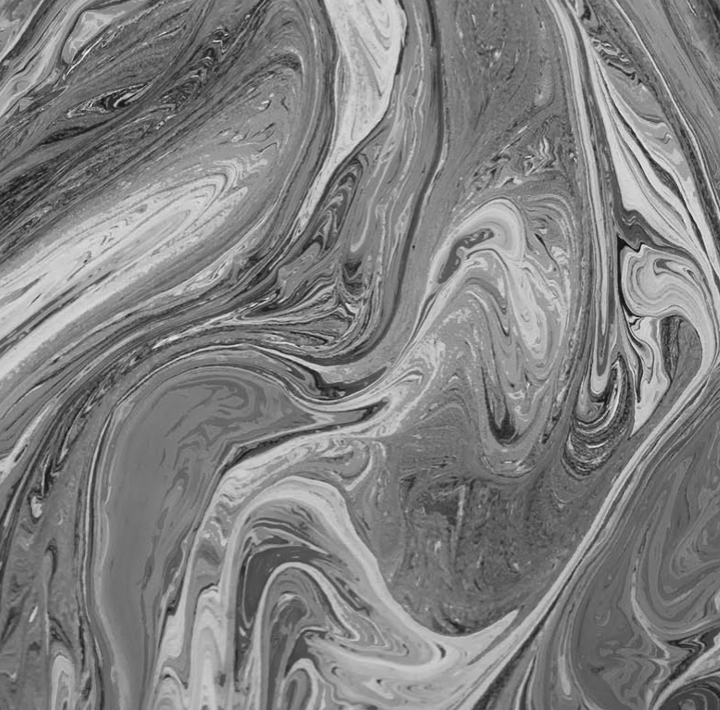Guess you’re in a rush so I’ll cut to the chase. This applies to domestic and commercial leaks, and most of it is common sense.
The first thing for you to think about, “is it safe”? If there is a fire risk, or for example the vapours are overwhelming, then stay safe, keep clear and call the fire brigade.
If there is no obvious reason to worry then phone an expert (heating engineer, spill responder, your insurer, and/or environment agency) and find out to do to make sure that risks have been dealt with.
Here are a few quick fixes which may help reduce the damage caused-
Solution 1– Turn off the source- Find the tank, find the outlet(s), all should be fitted with a stop tap, twist the tap until it closes and stops the flow. If possible collect the oil in any available containers e.g. bins, or restrict the movement of the oil as best and safely as possible.
Solution 2– The tank is leaking- Decant(transfer) oil in to a suitable container to below the level of the leak.
Solution 3– Repair the leak temporarily (or permanently if you’re skilled enough, I’d guess skilled people won’t be searching the internet for this answer though??). SOAP is often the best answer, especially for oil tanks, jam solid soap into the crack, best applied like you would grate cheese, push the soap across the crack forcing soap to block the gap and stop the leak. Please don’t try liquid soap….
A final tip- cat litter is pretty good at absorbing oil.
You might find the eBook below helpful. We’re happy to talk to feel free to contact us on 0800 0209 307 or e-mail us on info@soilutions.co.uk.
2022
Visit our oil spill clean up guide
Here we present answers to lots of your questions about Oil Spill clean up. We also cover prevention, health and safety, clean-up, as well as response plans and spill response services.
CHECK IT OUT




